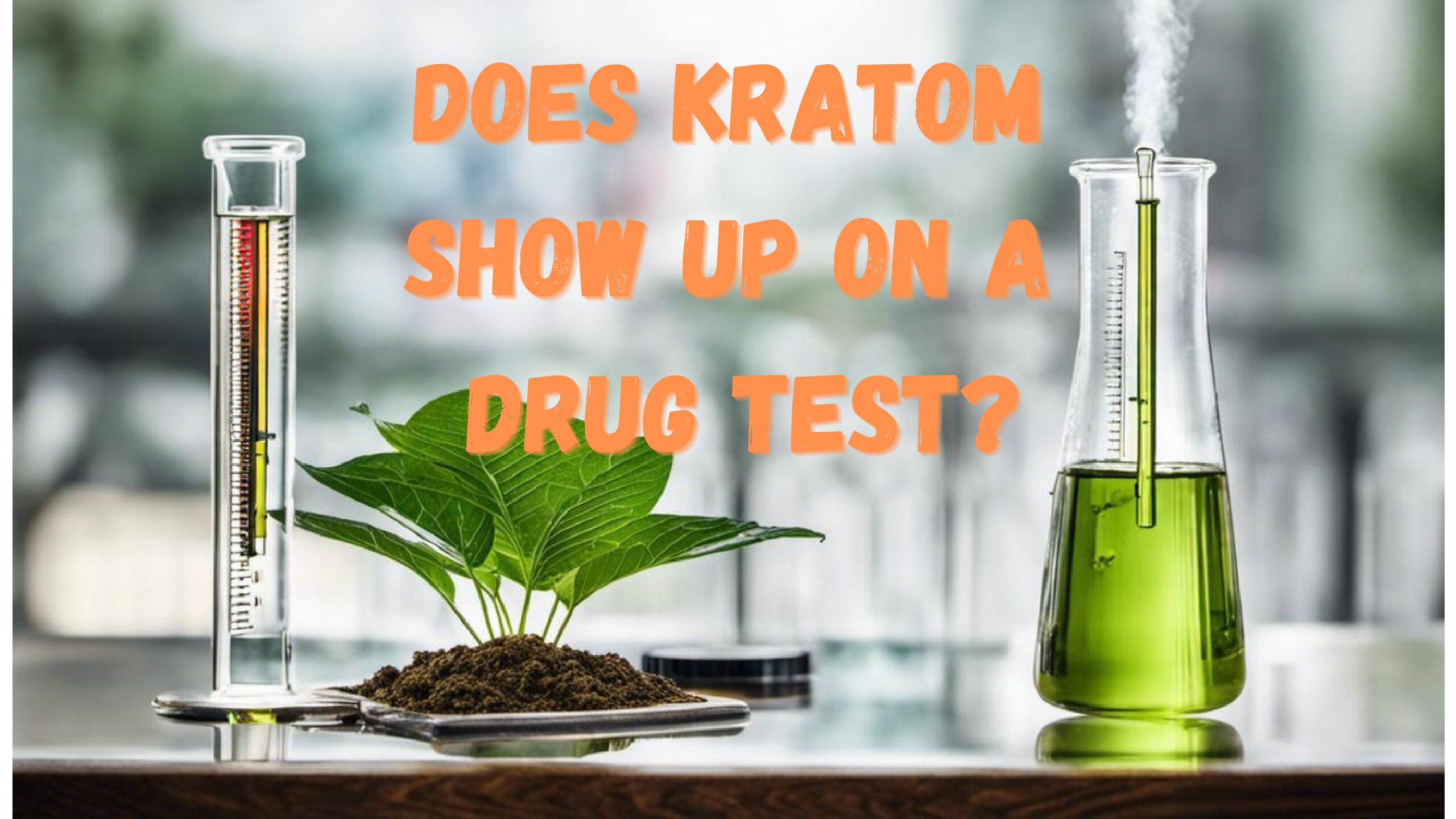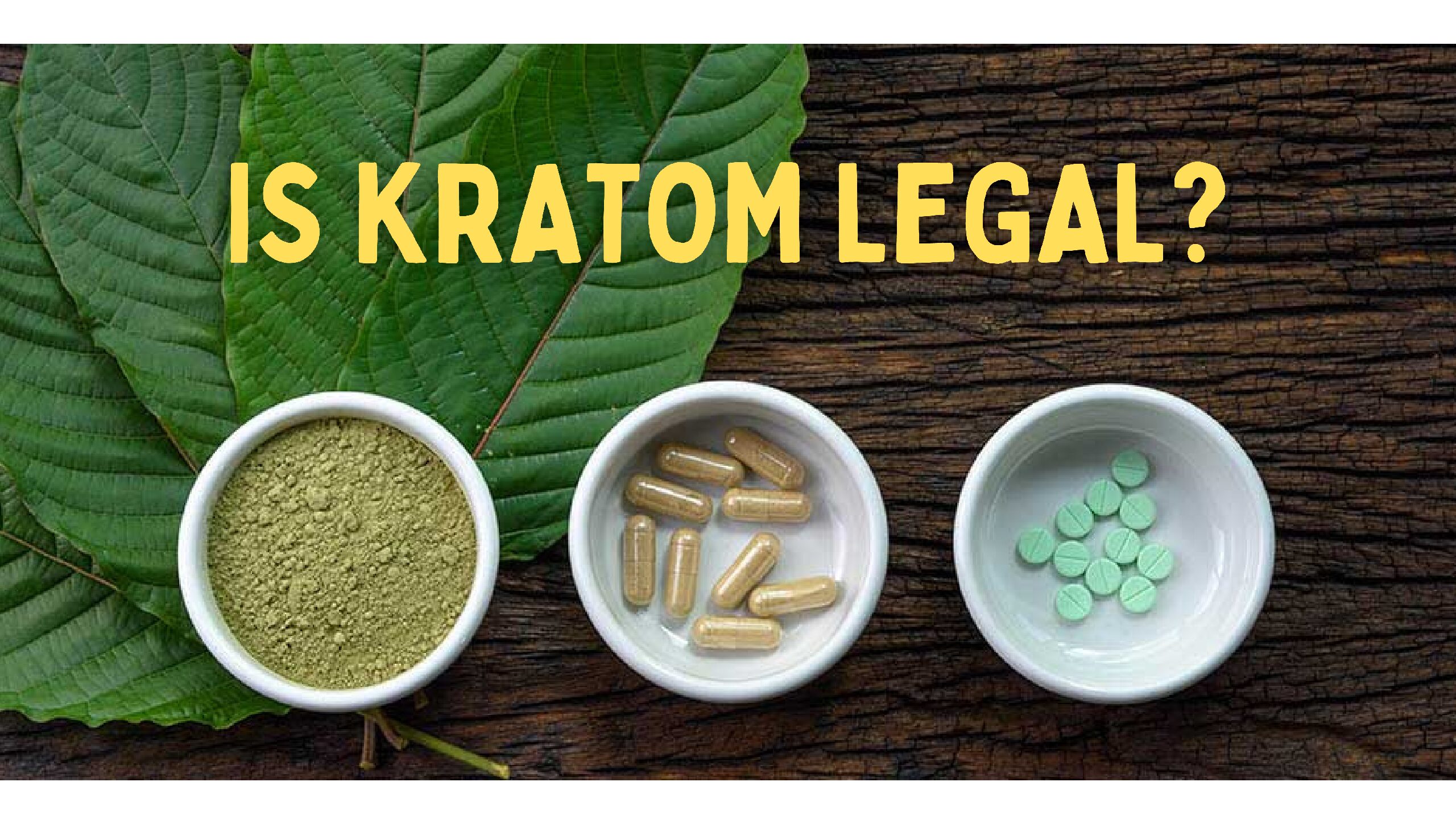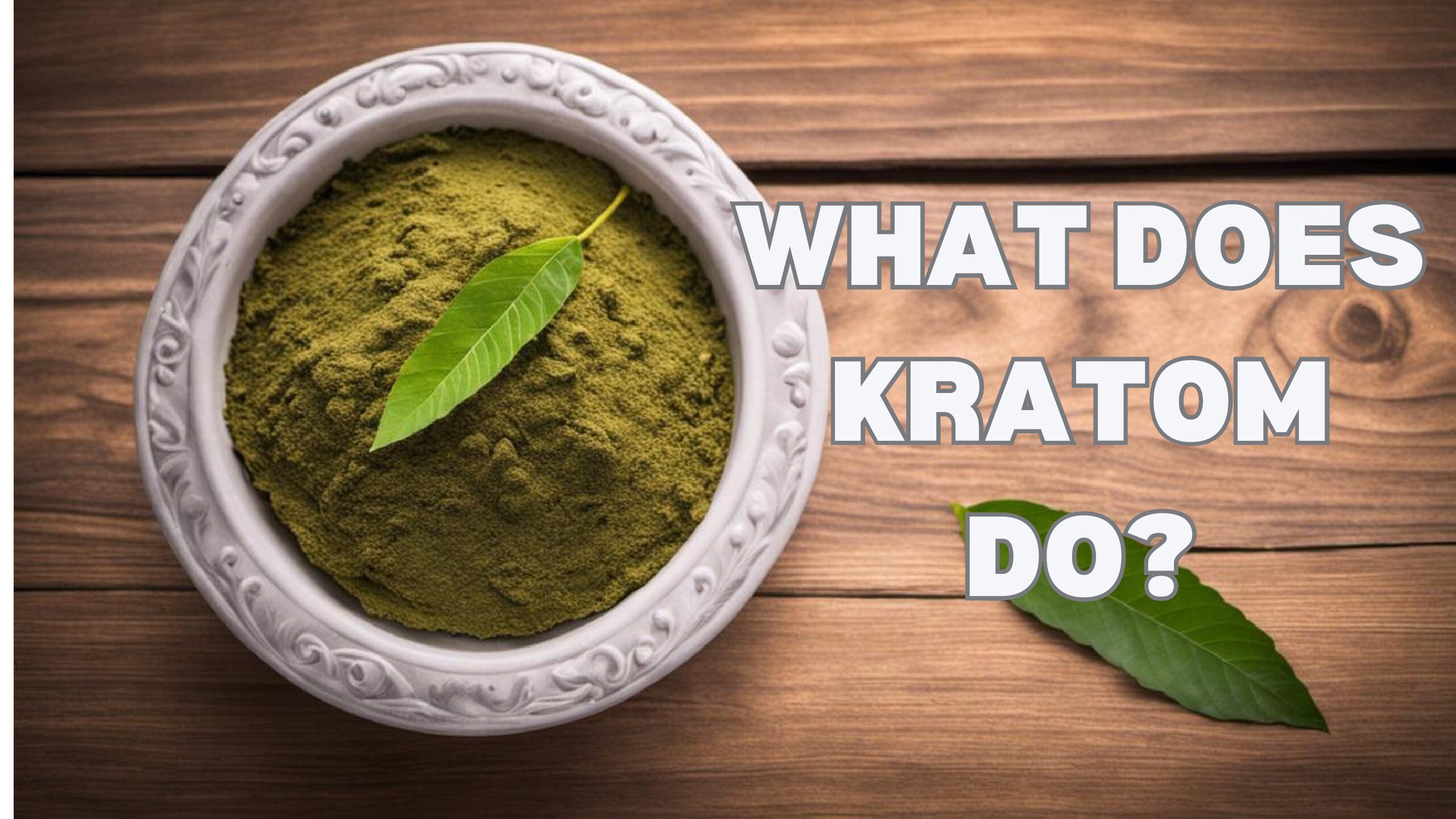DOES KRATOM SHOW UP ON A DRUG TEST?
Introduction
We live in a world where a little experimentation will often spark outrage, and understanding the ins and outs of potential substances is increasingly important. One substance that has garnered significant attention in recent years is Kratom, a natural product with complex effects.
As kratom use has become more widespread, key questions surrounding its benefits, and, more importantly, the drawbacks and how it interacts with drug testing protocols.
This post begins by providing a detailed understanding of kratom, its origin and uses, and the pros and cons associated with its consumption. From there, we go into the science behind drug testing, helping you comprehend how these tests function and the role biotechnology plays in their efficacy.
Furthermore, we’ll look specifically at how kratom factors into drug testing, including whether standard drug tests can spot it and how tests can be altered to find it.
Understanding what Kratom is
Kratom is a tropical tree native to Southeast Asia, notably in regions like Thailand, Indonesia, and Malaysia. The leaves of this tree have been used for centuries in traditional medicine due to the presence of compounds like mitragynine and 7-hydroxy mitragynine.
These components interact with opioid receptors in the brain, leading to sedative effects when consumed in high amounts and a stimulant effect in lower doses.
In recent years, kratom has gained popularity in Western countries as a legal high, chronic pain remedy, and a self-treatment method for opioid withdrawal.
Although the effectiveness and safety of kratom are still under examination, it is legal in most parts of the United States. However, due to a lack of regulation, kratom products can vary in quality and purity. Furthermore, the U.S. Food and Drug Administration (FDA) doesn’t endorse the use of kratom for any medical condition.
You may also want to read my other post: Is Kratom Legal?
Understanding How Kratom Interacts with Drug Tests
When one consumes kratom, the response of the body significantly hinges on the dosage. Small quantities can result in a stimulant effect, prompting an elevation in energy levels, consciousness, and social interaction. However, when consumed in larger doses, it can have a sedative influence akin to opioids, triggering pain relief and euphoria. Kratom usage may also result in side effects like vomiting, dry mouth, constipation, itchiness, and a lack of appetite, among others.
DOES KRATOM SHOW UP ON A DRUG TEST?
Under the context of drug testing, the primary active compounds in kratom, mitragynine and 7-hydroxymitragynine, remain undetected by standard testing like SAMHSA-5 and 10-panel drug tests. Specialized tests do exist that can detect kratom use, however, are seldom used due to their high expense.
In situations where kratom use is anticipated or there is a history of abuse, advanced testing could be employed. Moreover, despite kratom being legal in the majority of states, it is worth noting that employers might have policies against its usage, mainly because of safety or productivity concerns.

The Science Behind Drug Testing
Drug tests are primarily designed to detect the presence of drugs or their metabolites – the byproducts produced once the body processes the drugs. Urine, blood, saliva, hair, and breath tests are some of the most prevalent forms of drug tests.
The role of biotechnology in drug testing cannot be undermined. The procedure uses state-of-the-art laboratory equipment to examine the samples, while various chemically reactive substances, called reagents, are used to help detect specific metabolites. These tests are crafted to identify the unique chemical structures present in various drugs, establishing the presence or absence of said substances.
However, drug metabolism can greatly differ, hence, the window for detection can significantly vary between substances. Depending on the type of substance, the frequency of intake, and the type of test utilized, the detection period for some drugs may range from a couple of hours to even a few weeks after the last dosage.
You may also want to check out this post titled: How To Pass a Probation Drug Test For Weed
Kratom and Drug Testing
Kratom, a substance crafted from the leaves of a Southeast Asian tree, is commonly utilized for mitigating pain or managing opioid withdrawal symptoms, and despite its widespread use, it typically does not reveal itself on conventional drug tests. This includes predominantly administered tests like the 5-panel or 10-panel screenings, designed to detect common substances such as marijuana, cocaine, and methamphetamines. These tests do not include an assessment for kratom alkaloids (the active components).

Specific Testing for Kratom
While kratom frequently slips past standard drug tests, it’s important to note that specialized tests have the capacity to identify its presence. Such tests, encompassing certain urine and blood tests, can detect kratom based on an individual’s metabolism rate and the amount of kratom ingested.
This could potentially leave it traceable in the system for several days to even a week. However, metabolism rates vary significantly among individuals, creating a wide detectability range.
You may also want to check out my other post: Will Kratom Violate Your Probation?
Standard Drug Tests and Kratom
In general, standard drug tests such as urine drug screens and blood tests are not set up to specifically look for kratom. The purpose of these tests is primarily to identify commonly abused substances like marijuana, opioids, amphetamines amongst others. Kratom, scientifically classified as Mitragyna speciosa, provides alkaloids that standard drug tests do not usually have the capability to detect.
Specific Tests for Kratom and a Detection Window
However, there are specialized tests that can be adapted to specifically detect kratom in the system. These include gas chromatography-mass spectrometry (GC-MS) and liquid chromatography-mass spectrometry (LC-MS), which can effectively identify and measure the primary kratom alkaloids, mitragynine and 7-hydroxymitragynine. These tests tend to be more expensive and time-intensive than standard drug tests but may be used if kratom use is specifically suspected or needs to be confirmed.
HOW LONG DOES KRATOM STAY IN YOUR SYSTEM?
The duration during which kratom can be detected in your system hinges on variables such as the amount consumed, individual metabolic rates, and the specific type of test administered. Generally, the half-life of mitragynine, the primary psychoactive component of kratom, is approximately 24 hours.
This implies that it could take roughly five to six days for the substance to be thoroughly eliminated from the body. However, under certain circumstances, drug traces could be identified for up to nine days after consumption. It’s crucial to acknowledge that these timelines can largely differ from one person to another.

Legal and Workplace Implications
Kratom, a plant-based compound legal in most of the United States, is reputed for its effects that resemble those of opioids. Regardless of its legality, it suffers a persecution in some locales, with certain employers deploying routine drug tests to screen for it.
A positive result could predicament an employee into job termination or disciplinary action, even when the use of kratom is not illicit.
Depicting a similar narrative are other legal substances that are checked for during drug tests, including prescription medications, nicotine, and alcohol. Although legal with appropriate prescriptions, prescription medications can result in a positive drug test if not properly disclosed in advance.
Some jobs may also screen for nicotine due to implications on insurance rates. Alcohol, despite its broad legality, can lead to negative job outcomes if detected in a drug test, especially in jobs involving the operation of heavy machinery or driving.
Testing positive for kratom can, thus, create both professional and legal ramifications much like other illicit substances that can be detected in a drug test.
This obviously adds a layer of complexity for kratom users who undergo drug testing. Even with its current legal standing in much of the country, a positive test for kratom could lead to severe consequences professionally and legally.
You may also want to read Will Kratom Violate Probation

Despite Kratom’s legal status, its presence can still spark significant concerns and be a polarizing subject, especially in settings such as the workplace where drug tests are commonplace.
It’s crucial for users to be aware of the duration that Kratom remains detectable in their system, the adjustments that can be made to standard drug tests to detect it, and the potential repercussions of a positive result.
Similarly, for employers and lawmakers, understanding Kratom’s complexities, its effects, and detectability, is fundamental in ensuring fair and informed decisions related to drug testing policies. Substance regulations, particularly one that is classified as legal, can be a complex tangle to navigate. However, informed discussions and educating oneself tend to shed light on the discussion of legality, individual rights, employment laws, and public health.
-The Educated Felon








One Comment